Back to wall toilets have been steadily gaining traction in the UK market, and for good reason. They provide a modern solution to common bathroom woes, such as limited space and difficult-to-clean nooks and crannies. But what exactly are these toilets, and why might they be the right choice for your bathroom?
What Are Back To Wall Toilets?
At first glance, a back to wall toilet might not look too different from a standard toilet. The key distinction, however, lies in its design and installation. As the name suggests, these toilets are positioned with their back directly against the wall, creating a seamless and uncluttered look.
Definition and Key Features
A back to wall toilet is characterised by its concealed cistern, which is hidden either within the wall itself or inside a purpose-built unit of furniture. This design eliminates the visible cistern that typically sits behind or above the pan in traditional toilets. The result is a toilet that appears more compact and streamlined.
Comparison to Traditional Toilets
To better understand back to wall toilets, it's helpful to compare them to traditional models:
Appearance: Traditional toilets have a visible cistern, often mounted on the wall above the pan or as part of the toilet unit itself. Back to wall toilets, on the other hand, present a much cleaner look with only the pan visible and the cistern concealed.
Space efficiency: Back to wall toilets generally take up less space than traditional models, as the cistern is hidden within the wall or a slim unit. This can be particularly beneficial in smaller bathrooms.
Cleaning: With fewer exposed parts and a simpler silhouette, back to wall toilets are often easier to clean and maintain than their traditional counterparts.
Installation: Traditional toilets are typically easier to install, as they don't require any in-wall plumbing work. Back to wall toilets may require more extensive installation, especially if the cistern is to be concealed within the wall.
Repairs: Accessing the cistern for repairs can be more challenging with back to wall toilets, particularly if it's installed within the wall. However, many models are designed with access panels to mitigate this issue.
Main Components
The Pan
The toilet pan is the most visible part of a back to wall toilet. It's designed to sit flush against the wall, creating a seamless look. Pans come in various styles, from rounded to square shapes, allowing you to choose one that best fits your bathroom's aesthetic. The pan is typically made of durable, easy-to-clean materials like vitreous china or porcelain.
The Concealed Cistern
The cistern is the unsung hero of the back to wall toilet. Hidden from view, it performs the crucial function of storing and releasing water for flushing. There are two main options for concealing the cistern:
In-wall cistern: This involves installing the cistern within the wall cavity. It's an excellent option for achieving a truly minimalist look but requires more extensive installation work.
Furniture unit: Alternatively, the cistern can be housed in a slim unit of bathroom furniture. This option is often easier to install and provides additional storage space.
Regardless of the concealment method, modern cisterns are designed to be water-efficient, often offering dual-flush options to help conserve water.
The Flush Plate
The flush plate is the user interface of a back to wall toilet. Typically mounted on the wall above the pan, it allows you to activate the flush mechanism. Flush plates come in a variety of designs and finishes, from simple plastic buttons to sophisticated metal plates with sensor-activated flushing.
Many flush plates offer dual-flush options, allowing you to choose between a full or partial flush depending on your needs. This feature not only helps to save water but also gives you more control over your toilet's water usage.
Advantages of Back To Wall Toilets
Back to wall toilets have gained popularity for good reason. They offer several advantages over traditional models, making them an attractive option for many homeowners. Let's explore these benefits in more detail.
Space-saving design
One of the most significant advantages of back to wall toilets is their space-saving design. These toilets have a smaller footprint than traditional models because the cistern is concealed. This makes them particularly suitable for smaller bathrooms or en-suites where space is at a premium. The compact design can help create a more open and less cluttered feel in your bathroom, potentially making the room appear larger.
Streamlined appearance
Back to wall toilets contribute to a sleek, modern aesthetic in the bathroom. With the cistern hidden from view, the toilet presents a clean, minimalist profile that can complement a variety of bathroom styles. This streamlined look can be particularly appealing in contemporary bathroom designs, where clean lines and uncluttered spaces are often desired.
Easier cleaning and maintenance
The simpler silhouette of back to wall toilets often makes them easier to clean than traditional models. With fewer nooks and crannies around the base and no exposed pipework, there are fewer places for dust and grime to accumulate. This can save time and effort in your regular bathroom cleaning routine.
Versatility in bathroom layouts
Back to wall toilets offer greater flexibility in bathroom layouts. Because they don't require a visible cistern, they can be installed in a variety of locations, including under windows or in corners where a traditional toilet might not fit. This versatility can be particularly useful when redesigning or renovating a bathroom, allowing for more creative and efficient use of space.
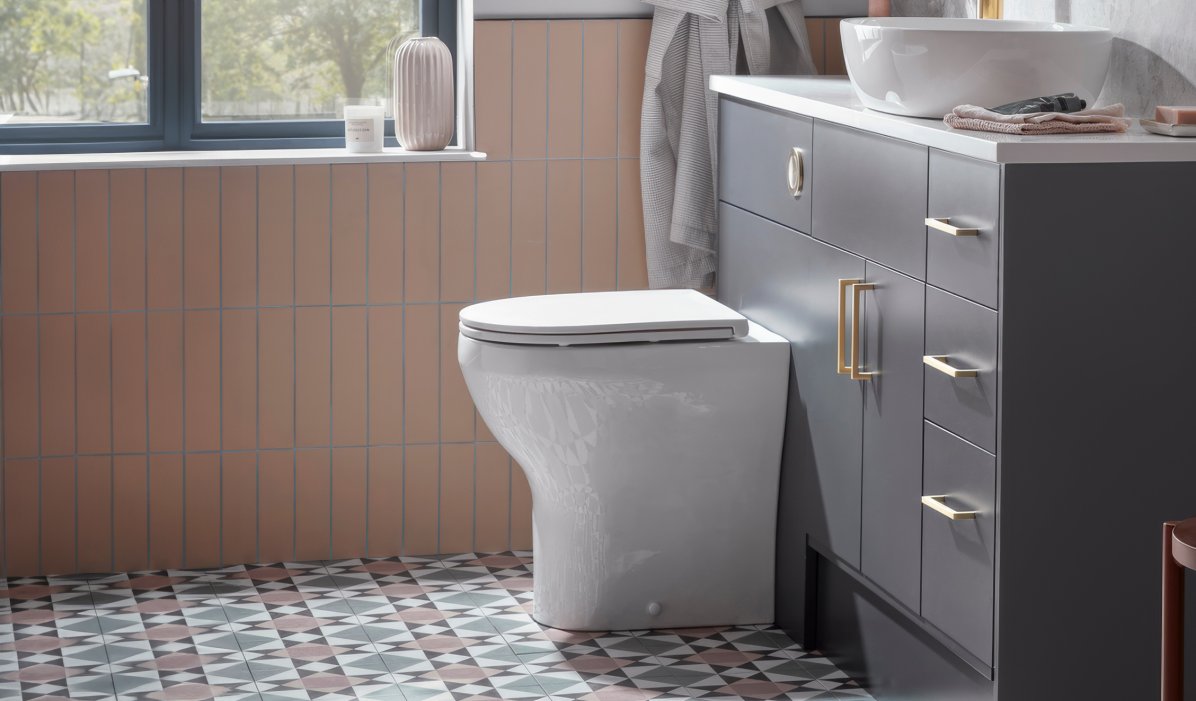

Installation Considerations
While back to wall toilets offer numerous benefits, there are several factors to consider when it comes to installation. Understanding these considerations can help you decide whether a back to wall toilet is the right choice for your bathroom.
Plumbing requirements
Installing a back to wall toilet often requires more complex plumbing work than a traditional toilet, particularly if you're opting for an in-wall cistern. The water supply and waste pipes need to be redirected into the wall or furniture unit, which may involve moving existing pipework. It's important to assess your current plumbing setup and consider whether it can accommodate a back to wall toilet without extensive modifications.
Wall strength and support
If you're planning to install an in-wall cistern, the wall needs to be strong enough to support the weight of the toilet and the forces exerted during use. In some cases, additional support may need to be added to the wall structure. For older properties or those with thinner walls, this could involve more extensive work.
Concealed cistern options
There are two main options for concealing the cistern in a back to wall toilet:
In-wall cistern: This involves installing the cistern within the wall cavity. While this option provides the most streamlined look, it requires more extensive installation work and can be more challenging to access for maintenance.
Furniture unit: The cistern can be housed in a slim unit of bathroom furniture. This option is often easier to install and provides additional storage space. It also allows easier access for maintenance.
Your choice between these options may depend on factors such as your bathroom layout, the extent of renovation you're willing to undertake, and your preferences for aesthetics and practicality.
Professional vs. DIY installation
Given the complexity of installing a back to wall toilet, particularly with an in-wall cistern, it's often recommended to hire a professional plumber. They can ensure that the installation meets all necessary building regulations and that the toilet functions correctly.
If you're considering a DIY installation, it's crucial to honestly assess your skills and experience. While installing a back to wall toilet with a furniture unit might be achievable for a competent DIYer, in-wall installations are generally best left to professionals due to the plumbing and potential structural work involved.
Remember, improper installation can lead to leaks, poor flushing performance, and potential water damage, which could be costly to rectify. Therefore, unless you're confident in your abilities, it's usually worth investing in professional installation to ensure your new back to wall toilet functions correctly and safely.
Styles and Design Options
Back to wall toilets come in a variety of styles and designs, allowing you to choose an option that best suits your bathroom's aesthetic. Let's explore some of the design considerations and options available.
Traditional vs. Contemporary Designs
While back to wall toilets are often associated with modern bathrooms, they're available in both traditional and contemporary designs.
Traditional designs often feature softer lines, rounded edges, and sometimes decorative details. These can work well in period properties or bathrooms with a classic aesthetic.
Contemporary designs typically have cleaner lines, more angular shapes, and a minimalist appearance. These are popular in modern bathrooms and can contribute to a sleek, streamlined look.
Material Choices
Most back to wall toilets are made from ceramic or porcelain. These materials are durable, simple to clean, and resistant to staining. Some key points to consider:
Ceramic toilets are generally more affordable but may be slightly less durable than porcelain.
Porcelain toilets are typically more expensive but are known for their strength and longevity.
Both materials come in a range of finishes, from high gloss to matte.
Colour options
While white remains the most popular colour for toilets, back to wall models are available in a range of colours to suit different bathroom designs:
Neutral shades like cream, beige, or grey can add a subtle touch of colour while maintaining a classic look.
Bold colours such as black, navy, or even pink are becoming increasingly popular for making a statement in the bathroom.
Some manufacturers offer custom colour options for those seeking a perfect match with their bathroom decor.
Flush plate designs and finishes
The flush plate is a key design element of back to wall toilets. Options include:
Shape: From rectangular to circular or even custom shapes.
Material: Common options include plastic, metal (chrome, brushed steel, gold), and glass.
Functionality: Basic push buttons, dual flush options, or even touchless sensor-activated plates.
Colour and finish: These can match or contrast with your bathroom fixtures and fittings.
Choosing the Right Back To Wall Toilet
Selecting the right back to wall toilet involves considering various factors to ensure it meets your needs and fits your space. Here are some key considerations:
Available floor space: Measure the area where you plan to install the toilet, considering any nearby fixtures or obstacles.
Wall depth: If you're opting for an in-wall cistern, ensure that your walls are deep enough to accommodate it.
Room for maintenance access: Consider how you'll access the cistern for maintenance, especially with in-wall installations.
Considering pan height and projection
The comfort and accessibility of your toilet depend on its dimensions.
Pan height: Standard height is typically around 400mm, but comfort height toilets (around 450mm) are available for those who prefer a higher seat.
Projection: This is how far the toilet extends from the wall. Compact options with shorter projections are available for smaller bathrooms.

 5 Star Rated 2012 reviews
5 Star Rated 2012 reviews
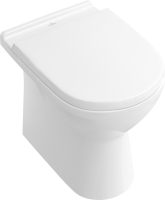

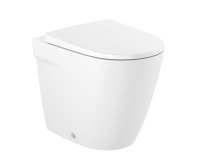
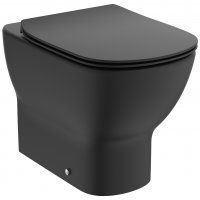
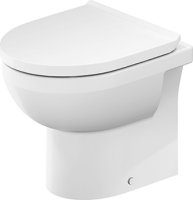



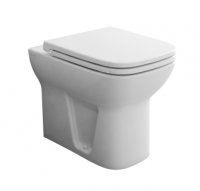
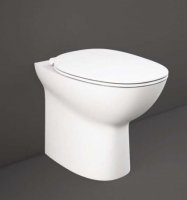
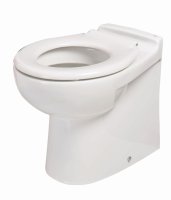
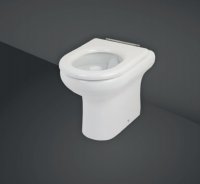

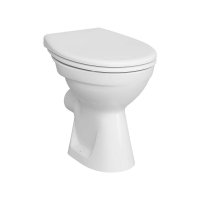
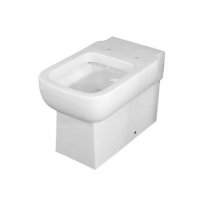
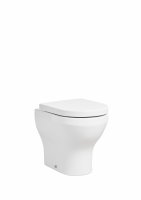
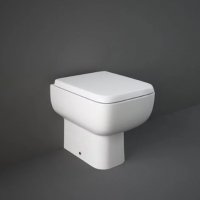
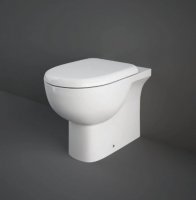
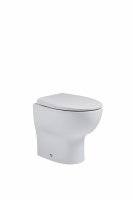
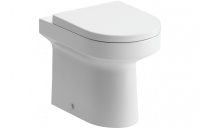
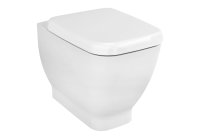
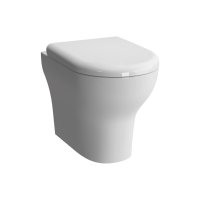

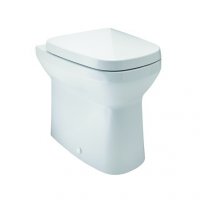

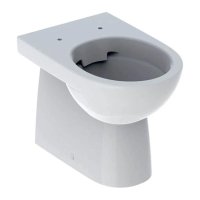
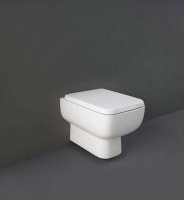
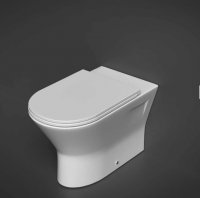
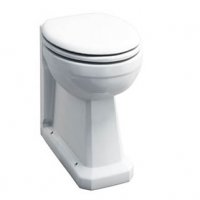

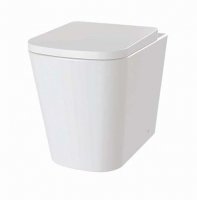
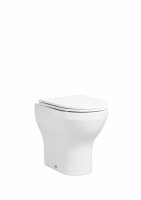
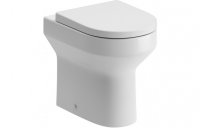

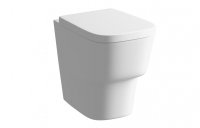
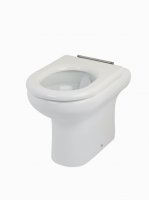
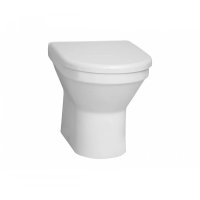
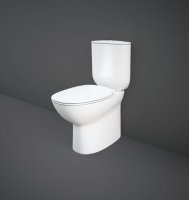


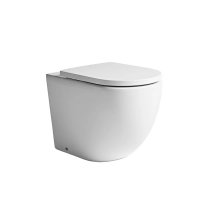
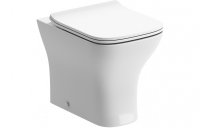
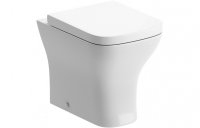
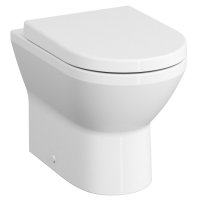

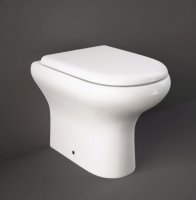

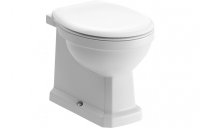



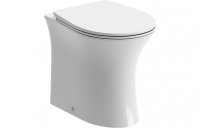
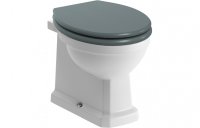
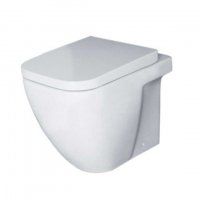
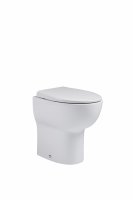
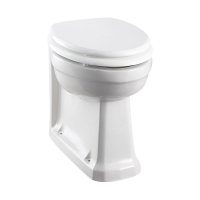
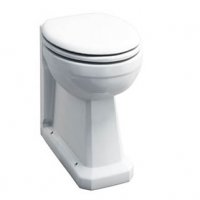
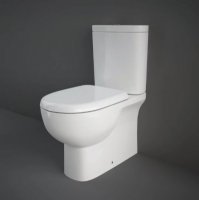
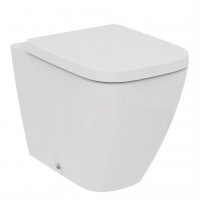

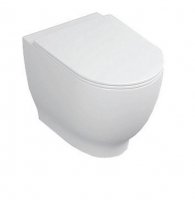
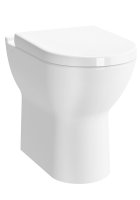
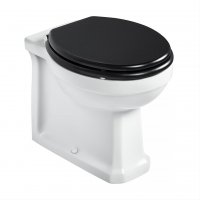
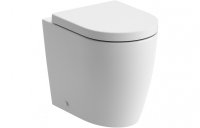
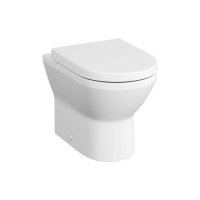

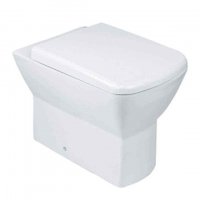

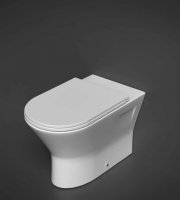
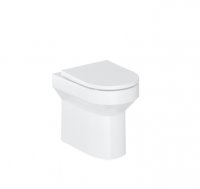
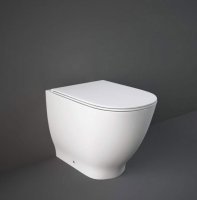
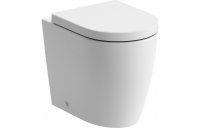
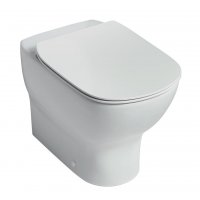
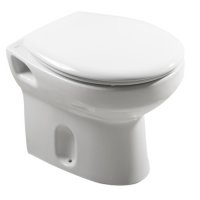
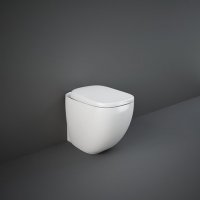
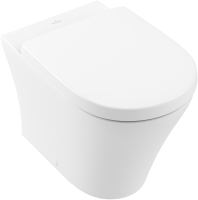
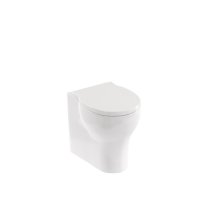
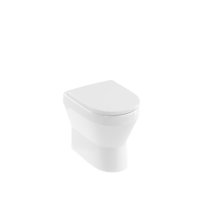

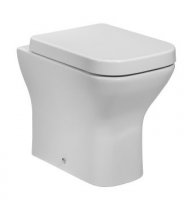

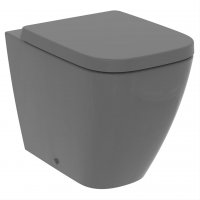
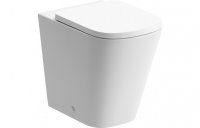
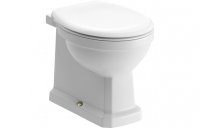

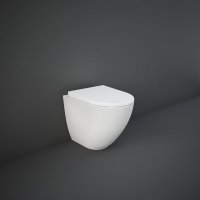
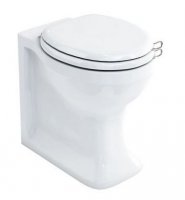

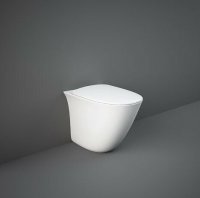

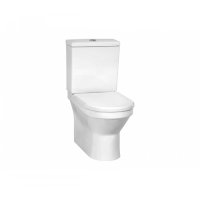

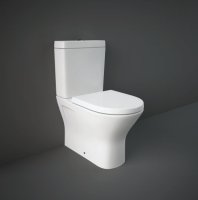
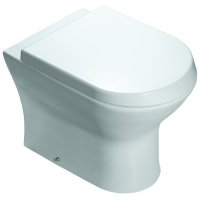
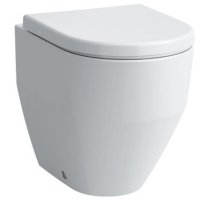
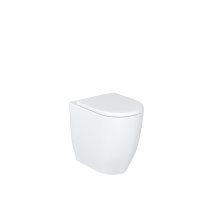
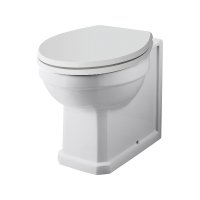

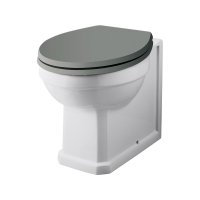
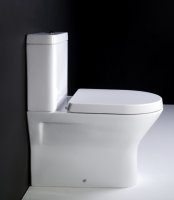
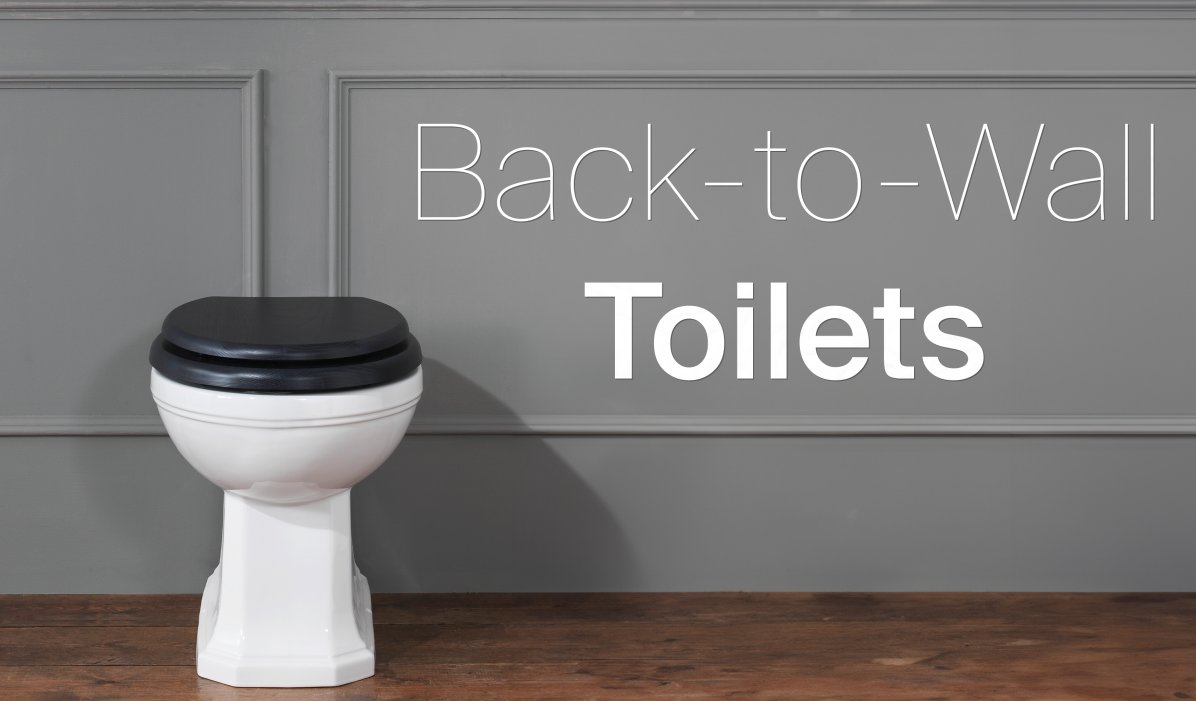
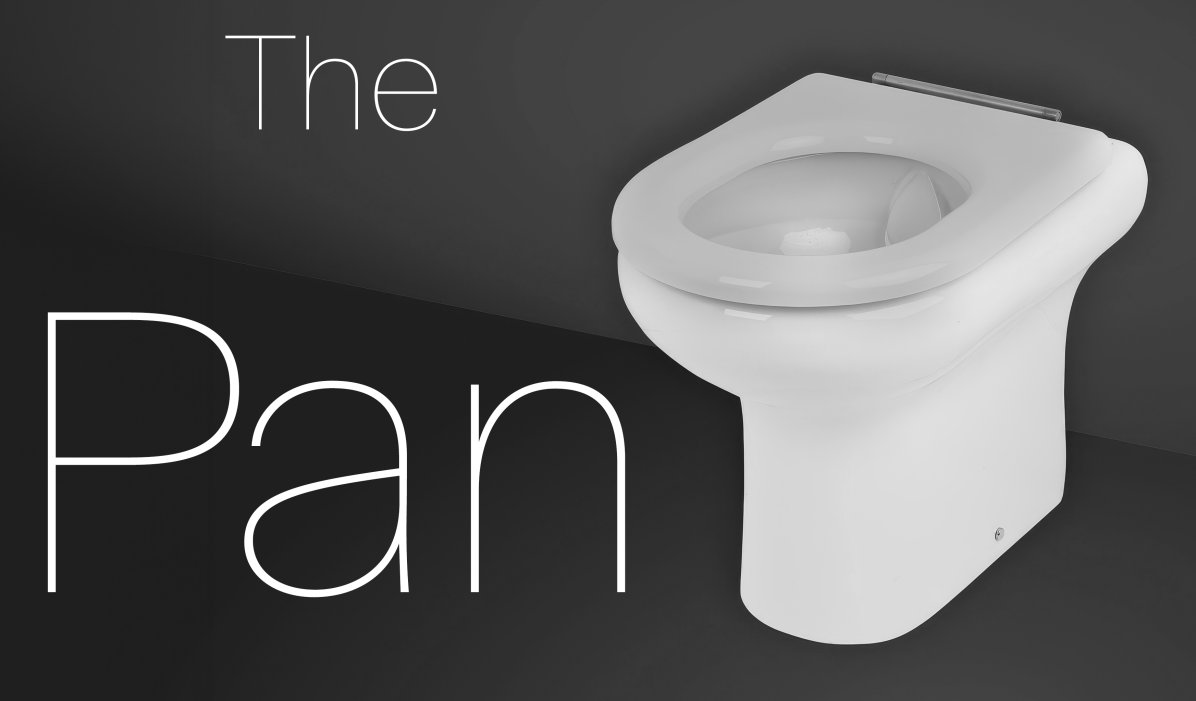
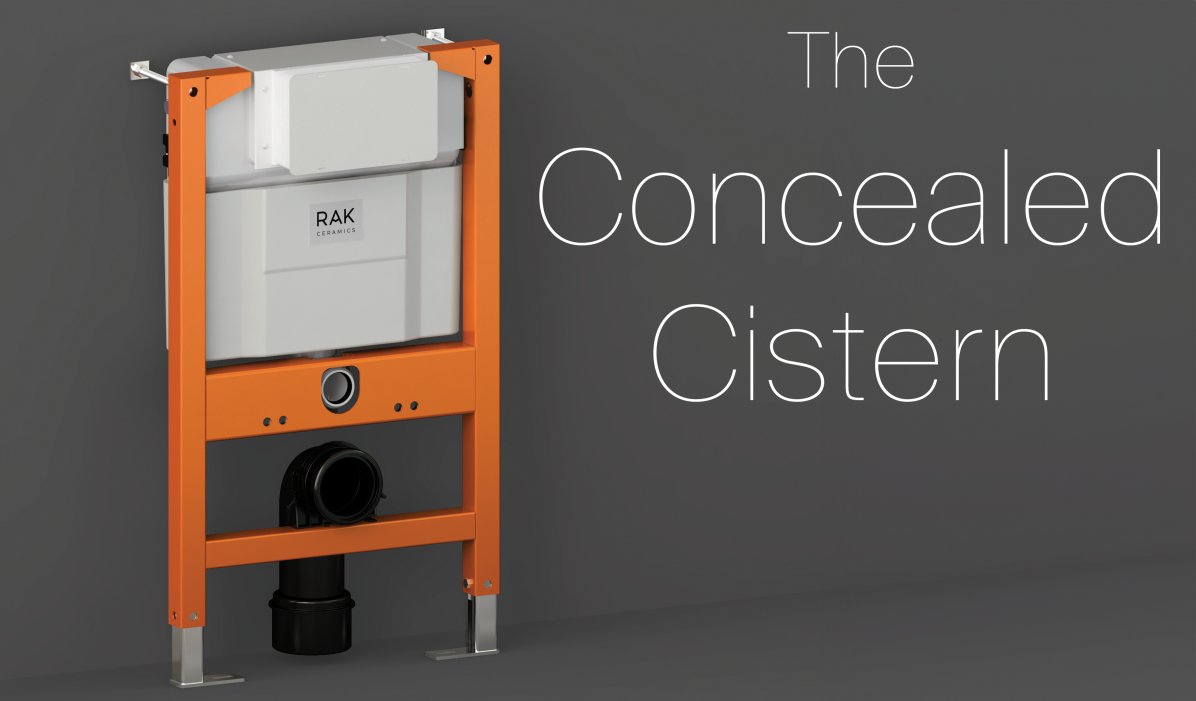
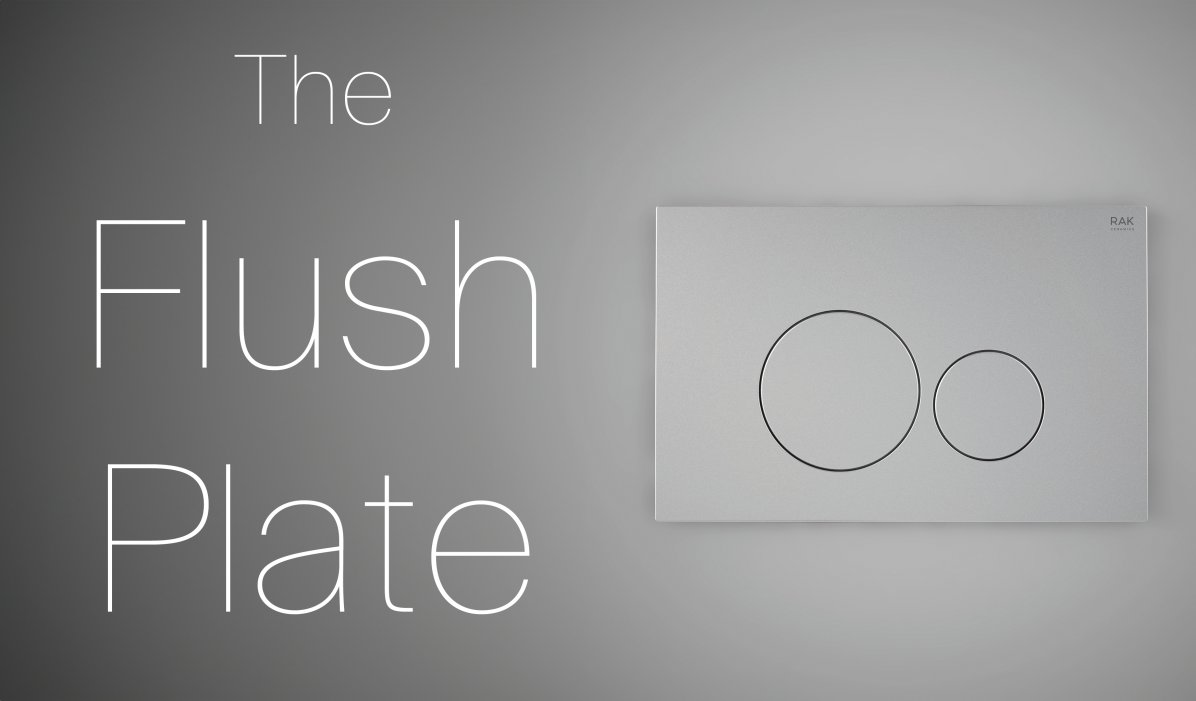
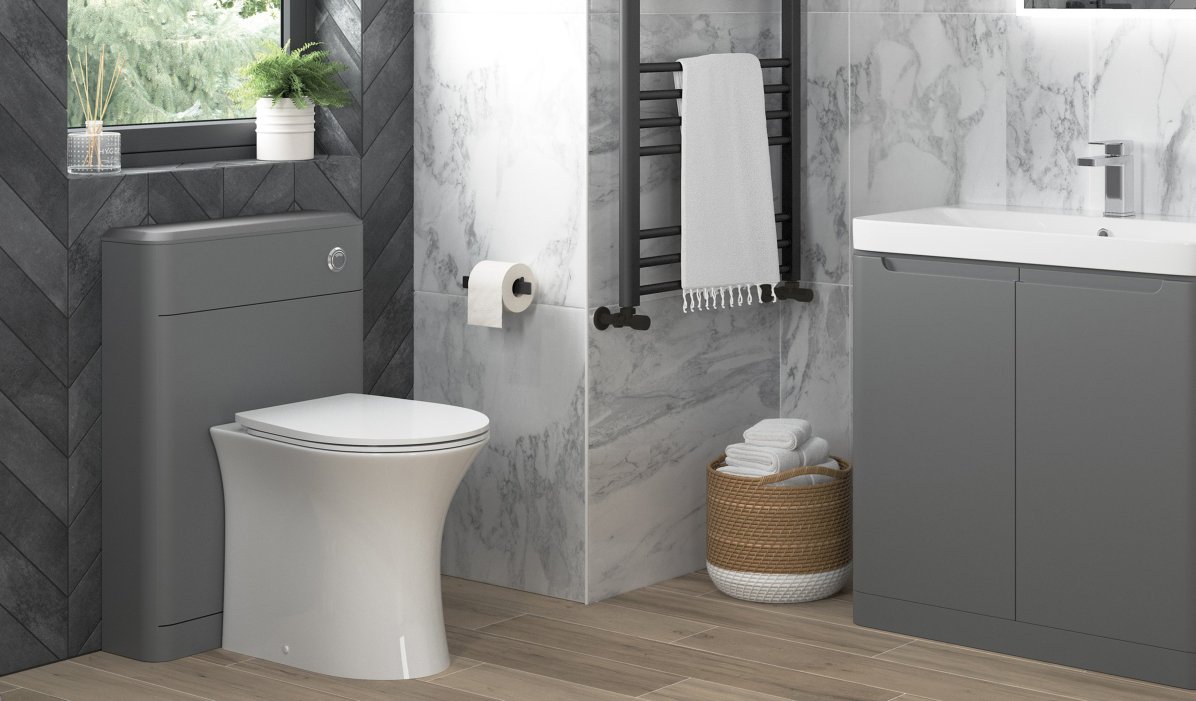



Stay Connected